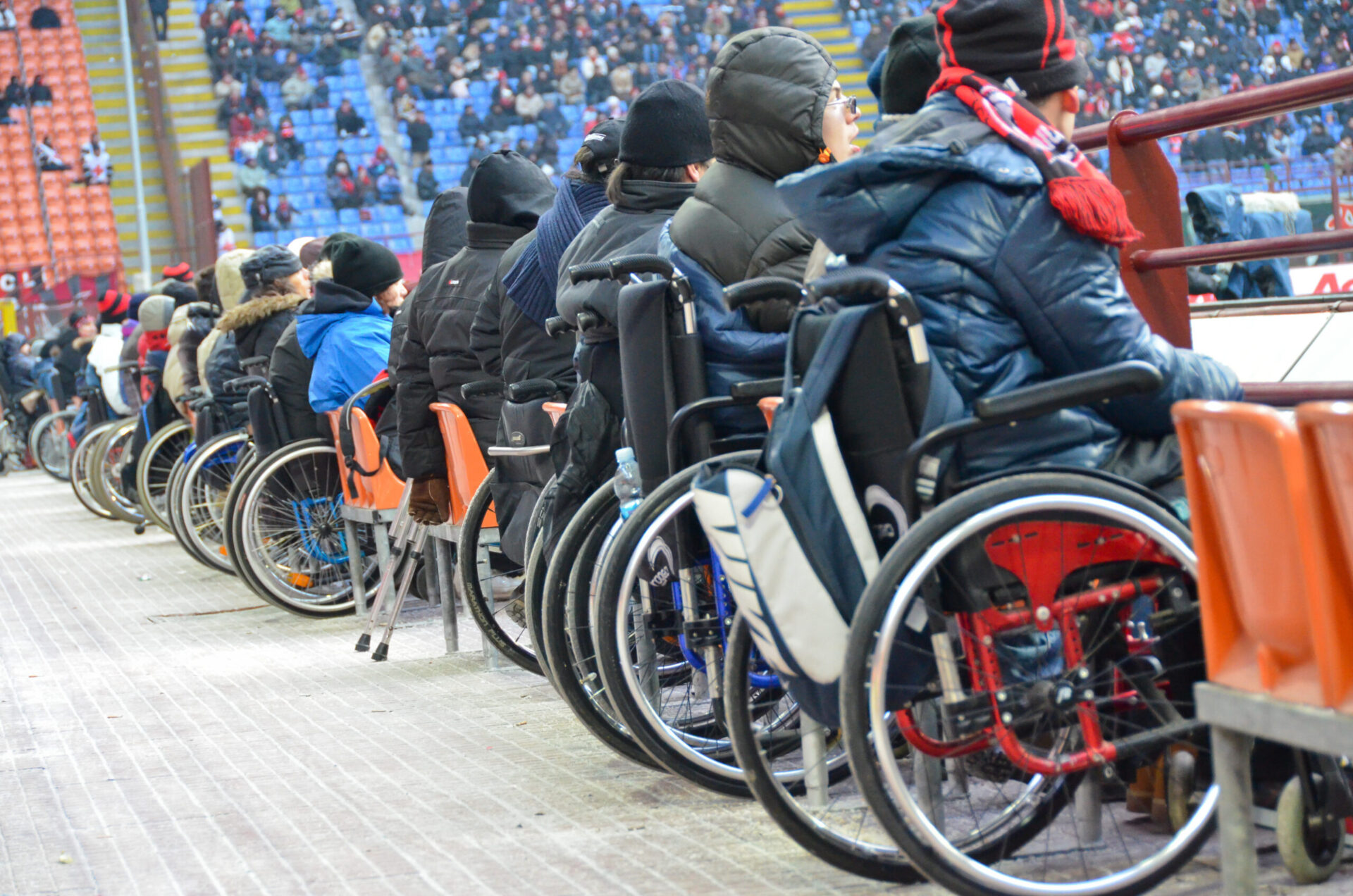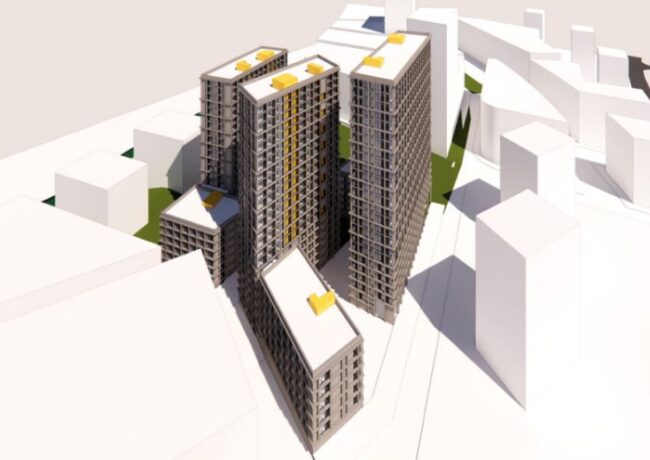RESOURCES | Inclusive design: The conversation stadium owners and architects should be having

Rita Ochoa of AFL Architects comments on the necessity for greater inclusivity in stadium design.
The Stadium Business Summit takes place this week on the 12-13 June at Old Trafford. In their words, it is the largest dedicated meeting in the world of the owners, operators and developers of the world’s leading stadiums, arenas and major sport venues. The conversation will therefore focus on increasing stadium revenue by diversifying space use.
Yet as attendees for many years, we have noticed an absence of the types of conversation that need to happen for stadiums to grow towards a greater sustainability.
This conversation centres on inclusivity.
Pivoting Towards Greater Stadium Inclusivity
The summit is by no doubt a great event – many of the team at AFL have attended in previous years, as we do with all events focused on the sustainability and the multi-use capabilities of stadia. These developments, after all, have spaces with uses beyond matches during the specific sport season. Yet the cost of constructing and running these buildings keeps increasing and standard types of revenue is not enough to sustain them.
It is not only our role as architects to create these spaces, but to contribute to the conversation of revenue and sustainability. A fundamental part of this is making stadia accessible and welcome for all members of society. Stadia, after all, are some of the most democratic social spaces in the planet.
This is a subject I spoke on last month at World Stadium Conference in Amsterdam. The reaction was positive, with several people commenting on how refreshing it was to hear about a subject that wasn’t focused solely on the bottom line.
The Key to Unlocking a Better Business Model
Many stadia, especially the smaller and older ones, are designed for the “typical spectator” – a healthy 40-year-old male. Architects can adapt the venues to current demographics and help predict future ones, but all stakeholders need to understand the importance of having venues that can be used by everyone. This is still viewed with some reluctance.
The potential is clear – stadium demographics are changing. More women and children are going to stadiums in order to spend quality family time together. In addition, the populations are also getting older. For example, the number of people over 65 years in Europe will double in 30 years. This means the venue design will naturally require a more holistic approach to inclusivity, making it suitable for everyone, independent of any disability.
These are the types of conversations we should be happening around our stadia. As for me, I will be continuing to talk about the importance of designing for everyone. I will also be watching for the conversations at these types of conferences that see inclusivity as a must, not just an option.
This article was originally published on Place Resources.




